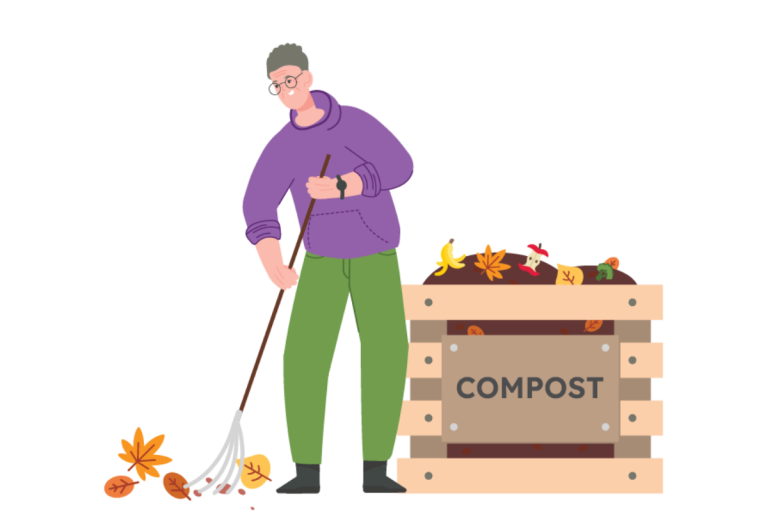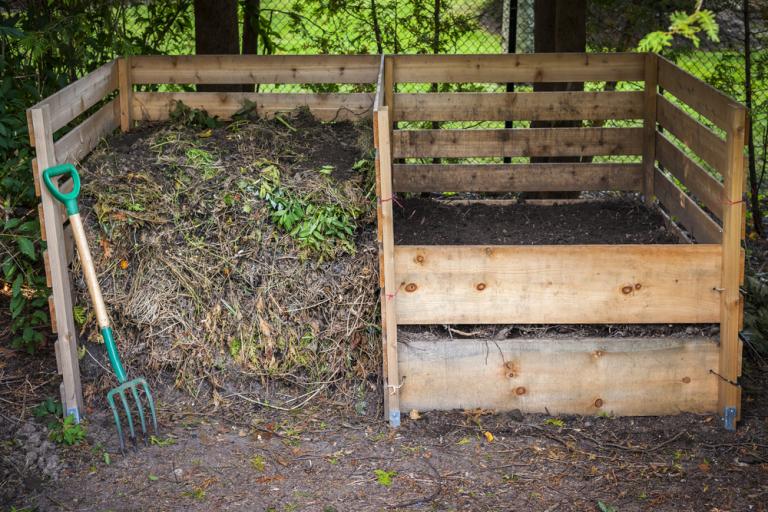You can make your own compost bin using things you might already have around your garden.
Types of composting
Below are some different types of composters. The free course by Garden Organic can help you decide which bin is the best match for you, and will teach you all you need to know to compost successfully.
Use Guest Access with the password: LoveEssexCompost

Cool composting
You should not put items such as cooked food, dairy, meat, fish, bones, cat and dog poo in cold compost bins. You might want to consider combining with a Bokashi bin to compost all your kitchen waste effectively.

Make your own heap

Dalek
This is the most widely used bin due to being inexpensive and is the type we subsidise. You might be able to find a second hand dalek bin on sites like Freegle, Freecycle or Facebook Marketplace.

Tumbler
The unique spinning action mixes the contents and accelerates the composting process. The sturdy frame that keeps the Tumbler off the ground, ensuring that air and moisture are distributed evenly. This helps to create an optimum core temperature for composting, but also keeps the mix away from garden pests.
Hot composting
Hot composting bins can break down cooked food waste and compost is ready more quickly, but bins are more expensive and can require more upkeep.

Green Johanna
Reaches higher temperatures than a standard cool bin allowing for cooked waste to be broken down as well as garden waste.

Hotbin
Dealing with combined cooked food and garden waste, it reaches temperatures between 40°C and 60°C and produces compost quickly (three to six months).

Thermo King
A high-performance compost bin for those with larger gardens and/or families, although they are more expensive as a result. Bins come in 400, 600 and 900 litre sizes.
Other types

Wormery
A great method of recycling kitchen waste. Wormeries produce compost with a high nutrient value as well as a strong liquid fertiliser. Small and not smelly, meaning wormeries can be kept indoors.

Bokashi bin
A pair of Bokashi bins are a great solution for reducing food waste including meat, fish, dairy products and bones in your kitchen. The fermented Bokashi needs to be added to compost to continue breaking down. The liquid collected from Bokashi bins is a powerful fertiliser ready to use.

Green cone
A digester rather than a composter that will break down all of your cooked food allowing nutrients to escape into your soil. Perfect if you don’t want to produce compost, but still want to do good with your waste. Works best on well-draining soils.
